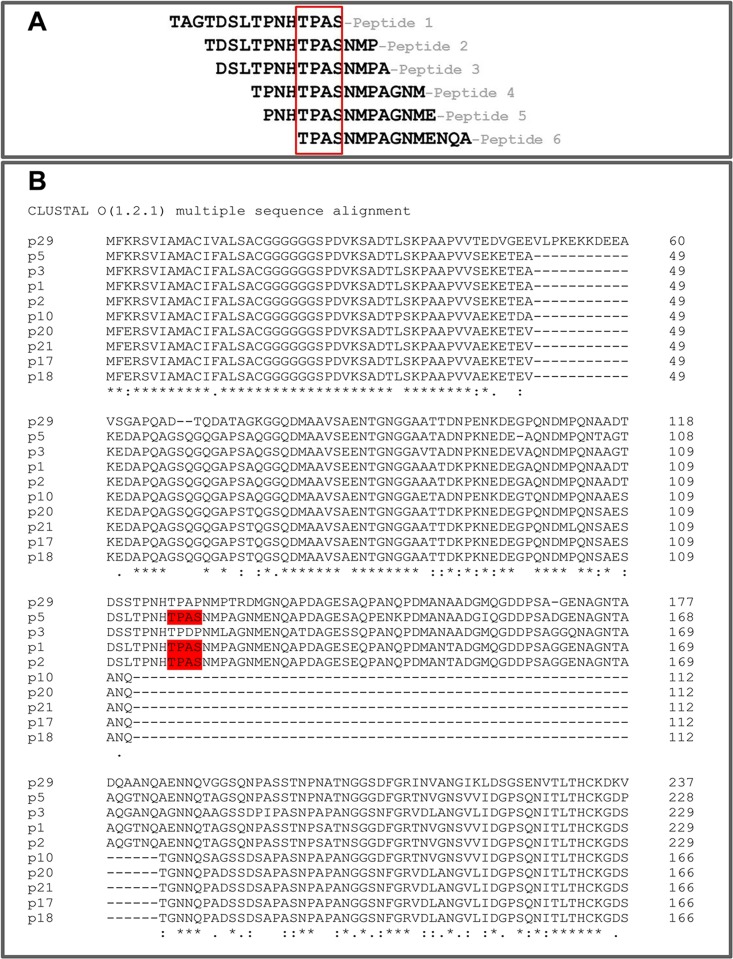Fig 5. Immunoreactivity of mAb3 1E10/E7 against a panel of overlapping 15-mer peptides spanning the entire sequence of ten different NHBA variants (p1, p2, p3, p5, p10, p17, p18, p20, p21 and p29) spotted in a microarray.
A, Aminoacid sequences of the six 15-mer peptides, which produced high reactivity values (MFI >30,000) in peptide microarray assays. Shown are results from one experiment, representative of three separate ones, each performed using 3 replicates per peptide. Raw data from all experiments are available under accession number GSE81379 at the National Center for Biotechnology Information’s Gene Expression Omnibus database. The red box indicates the TPAS consensus sequence common to all reactive peptides. B, multiple sequence alignment of the N-terminal regions of the NHBA variants containing the TPAS consensus sequence (highlighted in red). Dashes (-), missing residue; asterisk (*), position with a fully conserved residue; colon (:), conservation of residues with strongly similar properties (> 0.5 in the Gonnet PAM matrix); period (.), conservation of residues with weakly similar properties (= or < 0.5 in the Gonnet PAM matrix).

